No Need for Size Charts? Let AI Reels Show How One Piece Looks on Different Models
 Cynthia
CynthiaIn global fashion e-commerce, static size charts are often too confusing for shoppers. Now, AI try-on video technology offers a more direct and immersive solution. With Pic Copilot’s Fashion Reels tool, sellers can instantly convert product images into AI model videos that simulate real-life fit, solve sizing confusion, and dramatically boost conversion rates.
Chapter 1: Why Traditional Size Charts Fail to Convert
One of the biggest barriers in fashion e-commerce is the inability to try items on. Traditional sizing graphics—tables and flat sketches—pose several problems:
- They fail to show how clothes actually fit or drape on a body
- Brand-specific cuts and fits vary greatly and are hard to explain in text
- Single-angle model images limit visual reference
- Static visuals have low information density and weak visual appeal
Real customer pain points: “I couldn’t understand the sizing,” or “the model doesn’t look like me” often lead to returns and low repeat purchases.
Chapter 2: What Is Pic Copilot’s Fashion Reels?
Fashion Reels is an AI-powered try-on video tool tailored for e-commerce apparel sellers. It lets you:
- Upload your clothing item, and the system automatically fits it to an AI model
- Generate 3–5 second real-body try-on videos in seconds
- Choose models with different skin tones and body types to match global audiences
- Embed videos into store homepages, product pages, or social ads
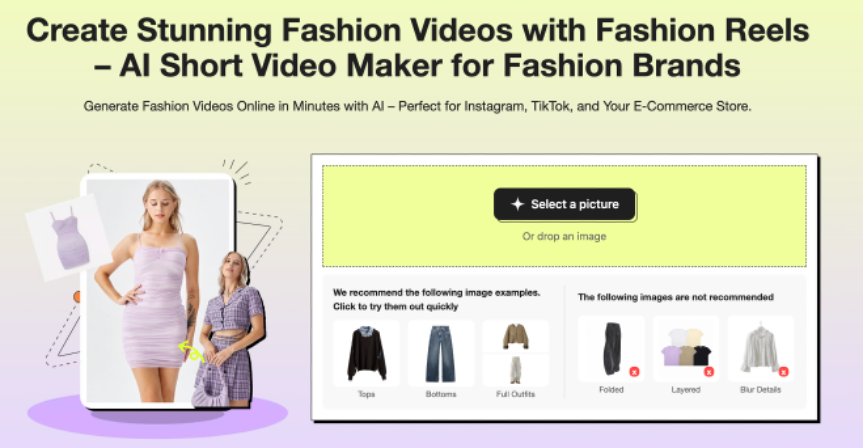
Tool Link: Fashion Reels – AI Fashion Video & Shorts Maker for TikTok, Instagram, and E-Commerce | Pic Copilot
Chapter 3: What Problems Do AI Try-On Videos Solve?
- Visualize true fit: Unlike flat lays or static size charts, AI try-on videos show how clothing contours on the body
- Increase engagement: Motion is more eye-catching than images; it extends page view time
- Speed up decision-making: Shoppers can instantly assess whether a piece fits their style and body type
- Reduce returns: Clear visual cues set more accurate product expectations, minimizing mismatched orders
Chapter 4: How to Design Product Visuals That Convert
Suggested layout:
- Horizontal video cover at 800px
- Follow with: product photo → AI try-on screenshot → video clip frame → multi-model comparison
Include alt text for accessibility and SEO, e.g., “Purple skirt on AI model in video try-on demo.”
Suggested image flow:
- Flat lay product image
- AI model try-on shots (front, side, motion)
- Before-and-after or no-model vs. model comparison
Chapter 5: Adapting AI Videos for Different Platforms
1. Independent Shops (Shopify, WooCommerce)
- Use try-on video as product cover or at the top of the product page
- Format: 16:9 with simple backgrounds
- Add alt tags like “AI try-on demo” to boost SEO
- Create a lookbook featuring diverse model demos
2. Social Media (Instagram, TikTok)
- Keep video short and dynamic (3–8 seconds)
- Add transitions, background music, and captions
- Switch between side/front angles for relatability
- Label size, height, and weight to help users self-reference
3. Marketplaces (Amazon, AliExpress)
- Add as product description video
- Show clear before/after comparisons
- Feature multiple model styles (e.g., Western, Asian, Latin)
- Use keywords like “real model video” to drive clicks
Pro Tip: Use Pic Copilot’s platform-specific templatesto auto-generate optimized video formats and layouts.
Chapter 6: Real Brand Case Studies
Case 1: Balabala (China)
- Target Audience: Children’s wear
- Use: Auto-generated model videos using different child body types
- Results: Bounce rate down 32%, watch rate 78%, conversions up 21%
- Customer Feedback: “Finally I can see what it looks like on my kid.”
Case 2: Levi’s (USA)
- Category: Denim wear
- Use: Real-wear simulation videos alongside flat lays
- Results: Time-on-page doubled; cart rate up 18%
- Internal Note: Customer service volume dropped 40% for sizing queries
Case 3: Y&I STUDIO (Small Seller)
- Platform: Taobao and TikTok
- Use: Replaced model shoots with 3-style AI model videos
- Results: Launch speed tripled; recommendation frequency and followers up 27%
- Strategy: Consistent visual tone built brand trust
Chapter 7: User Feedback Analysis—Why Video Try-On Works
1. Boosted Trust
Key phrases: Realistic, trustworthy, clear comparison
Sample comment: “Now I know how it’ll fit someone like me!”
Pic Copilot survey: Trust ratings rose by 1.7 points (out of 5) with AI videos
2. Higher Engagement
On average, AI video posts hold attention for 5.3 seconds—2.8x longer than static images. Product page interactions rose by 35% when video was included.
3. Shareability
AI videos are more likely to go viral: - Screenshots shared in Reddit, Facebook groups - Xiaohongshu comments like “That model looks like me—I’m buying!”
4. Fewer Complaints
Returns due to size mismatch dropped 41% Customer inquiries like “how tall is the model?” or “is it tight?” fell dramatically
5. Regional Preferences
- Asia: Prefers fair-skinned, minimalist AI model visuals
- Western markets: Seek accurate representation of skin tones and body diversity
- Latin America: Prioritize motion, expressiveness, and model gestures
Conclusion: AI try-on video builds emotional connection, clarity, and confidence—while saving brands time and reducing service overhead.
Chapter 8: What’s Next for AI Try-On Tech?
1. 3D Motion-Based Fitting
- Future models will walk, turn, jump
- Dynamic cloth folds and fabric stretch will mimic real movement
- Tech: Deep learning, 3D modeling, physics-based cloth simulation
2. Personalized Virtual Avatars
- Upload a photo → generate body-matching model
- Show you wearing the item in the video
- Pairs well with account systems and virtual closets
3. Cultural and Language Adaptation
- Broader model data for more body types and ethnicities
- Localized subtitles and voiceovers per video
4. Modular Templates and One-Click Styling
- Upload product → choose style template (streetwear, formal, seasonal)
- Outputs video styled for each context
- Built-in compliance with Amazon, TikTok, etc.
5. Emotion-Driven Modeling
- Models show mood: confidence, calm, energy
- Enhanced vibe-building for campaign storytelling
AI try-on is shifting from “viewing” to “experiencing.” It becomes not just a display tool, but a personalized mirror and brand storyteller.
Conclusion
Fashion e-commerce has long struggled with sizing uncertainty. Traditional size charts and model photos help, but only partially. With the rise of AI modeling tools like Pic Copilot’s Fashion Reels, video-based try-on has become the new standard.
It solves problems across the funnel—from confusion to conversion—and redefines what product visualization means. AI video try-on isn’t just a trend—it’s a smarter, more human way to shop.
Keywords: #AITryOnVideo #AIModelDemo #VirtualTryOn #RealModelShowcase #AIFitPreview #FashionReels #InteractiveSizeGuide #VisualTryOn #VideoLookbook
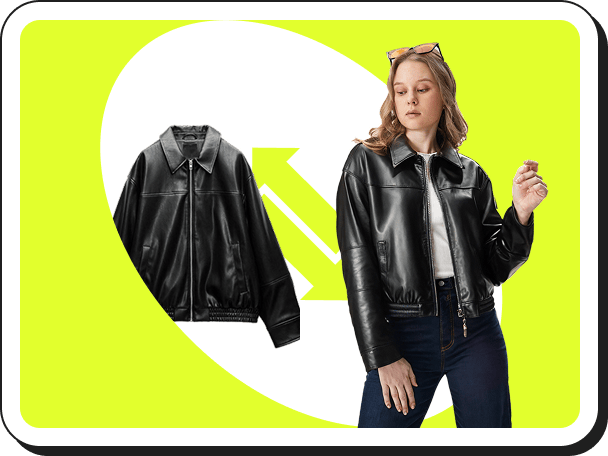 Virtual Try On
Virtual Try On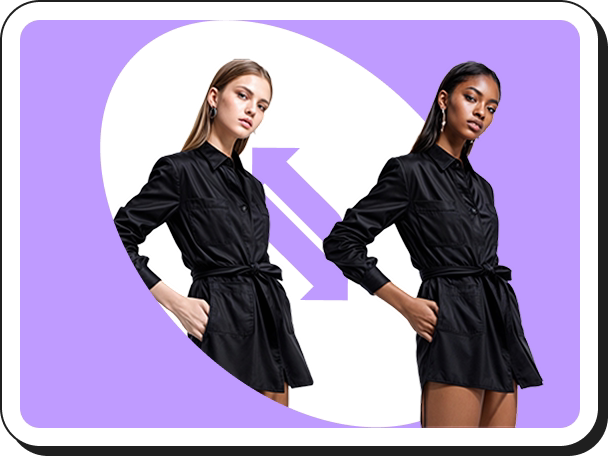 AI Model Swap
AI Model Swap Fashion Reels
Fashion Reels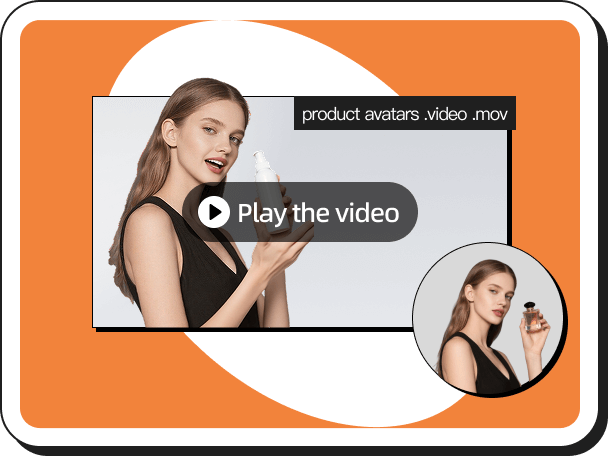 Product Avatars
Product Avatars Product AnyShoot
Product AnyShoot Virtual Try On Accessories
Virtual Try On Accessories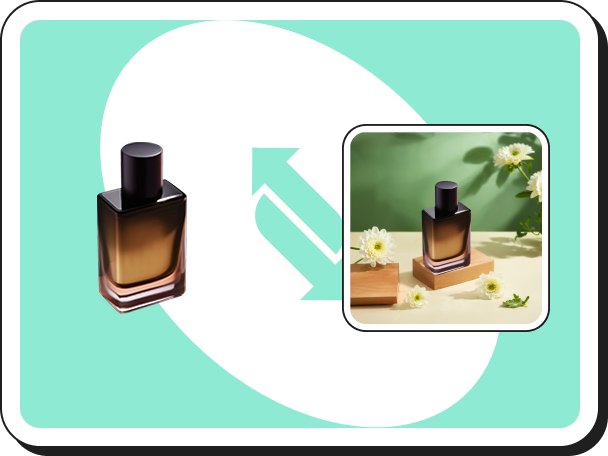 AI Backgrounds
AI Backgrounds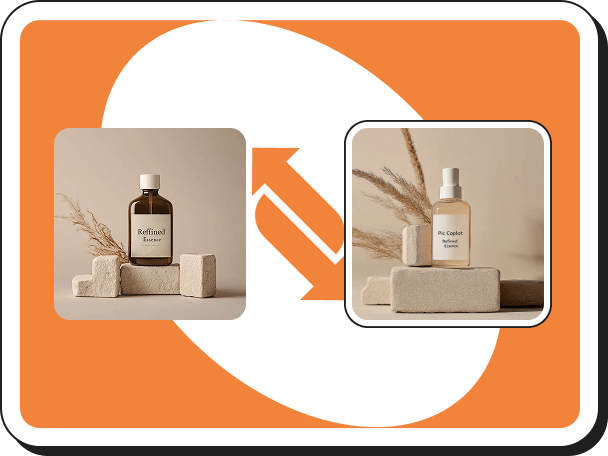 Style Clone
Style Clone Remove Watermark
Remove Watermark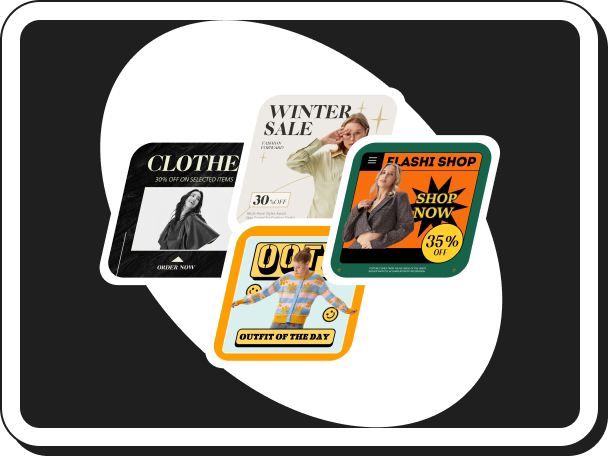 AI Templates
AI Templates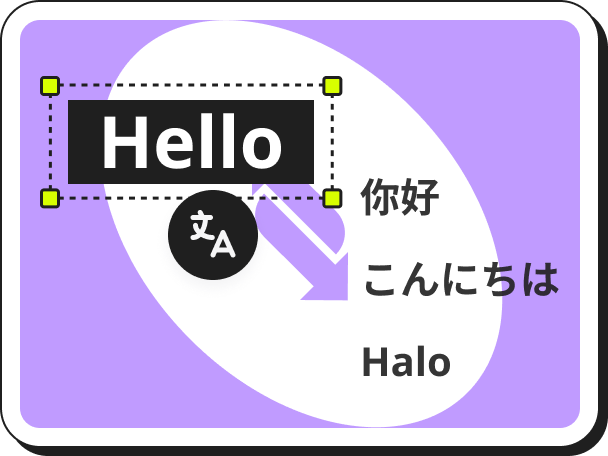 Image Translator
Image Translator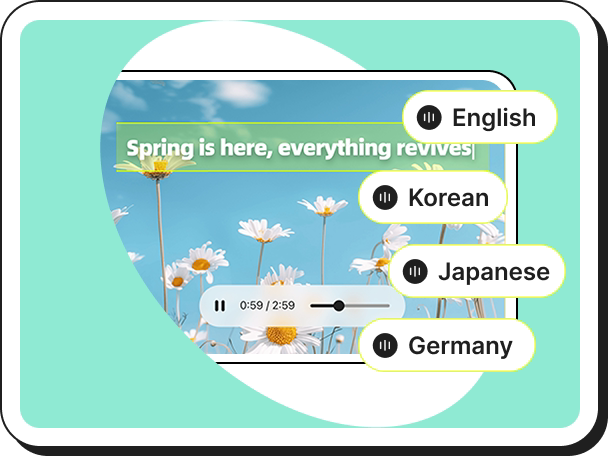 AI Dubbing
AI Dubbing Virtual Try On Shoes
Virtual Try On Shoes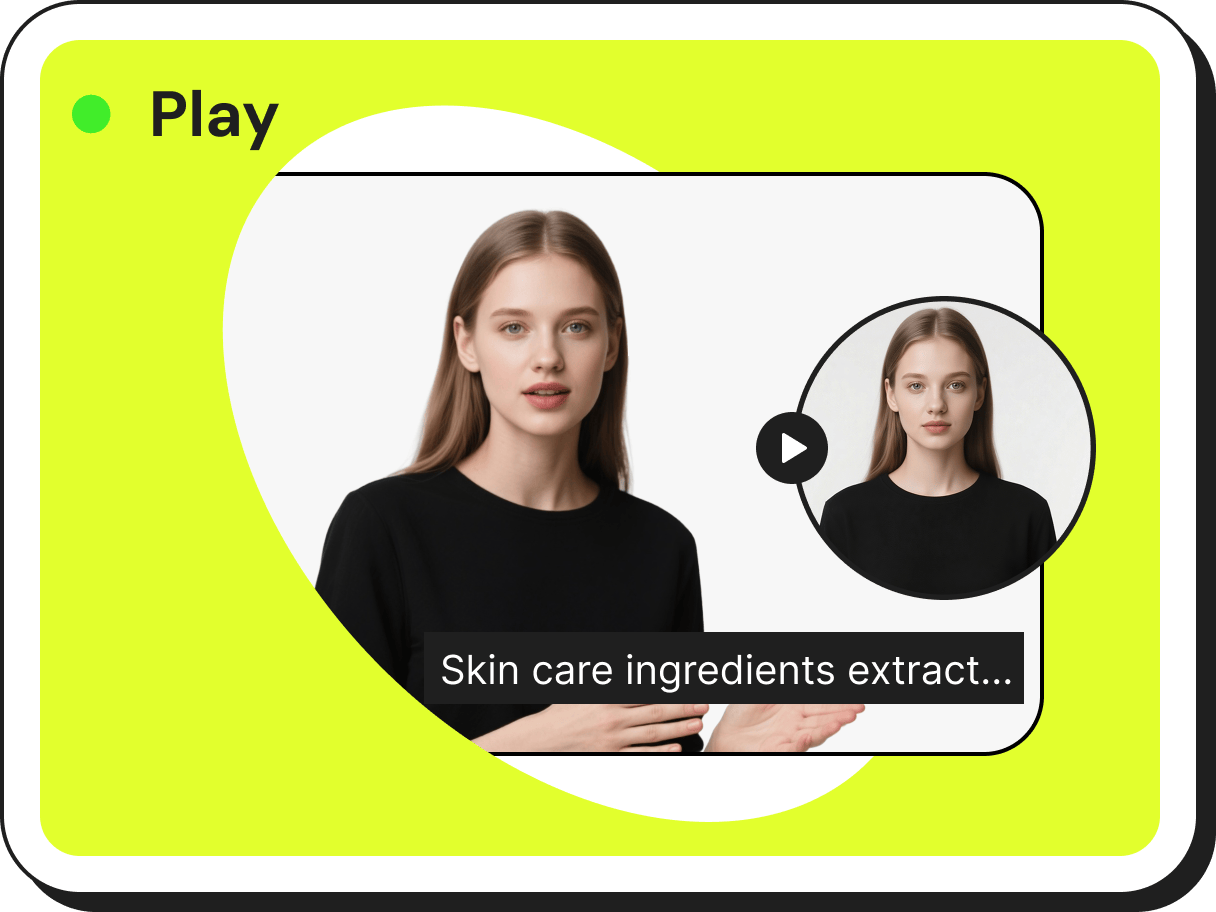 AI Avatars
AI Avatars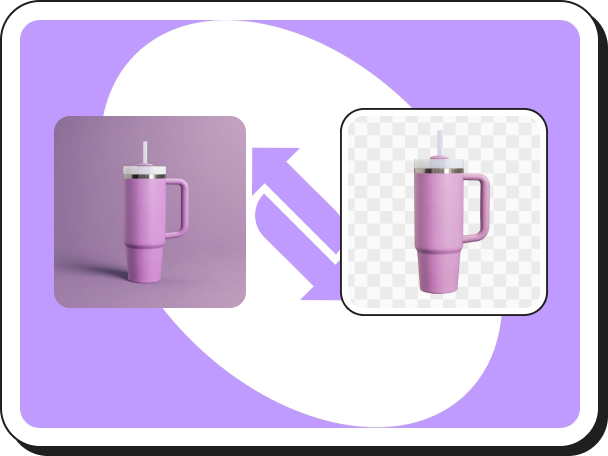 Background Remover
Background Remover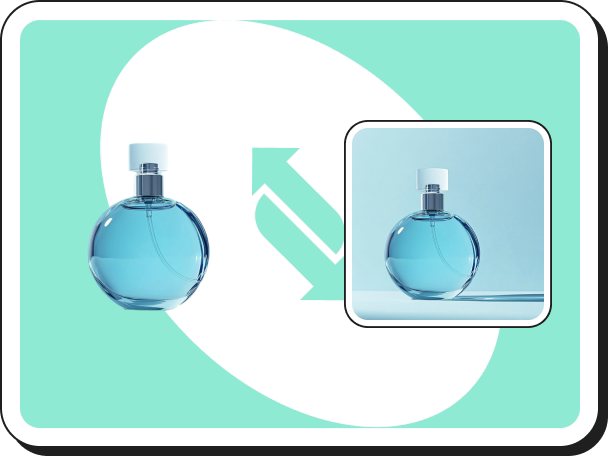 AI Shadows
AI Shadows Image Upscaler
Image Upscaler Image Enhancer
Image Enhancer